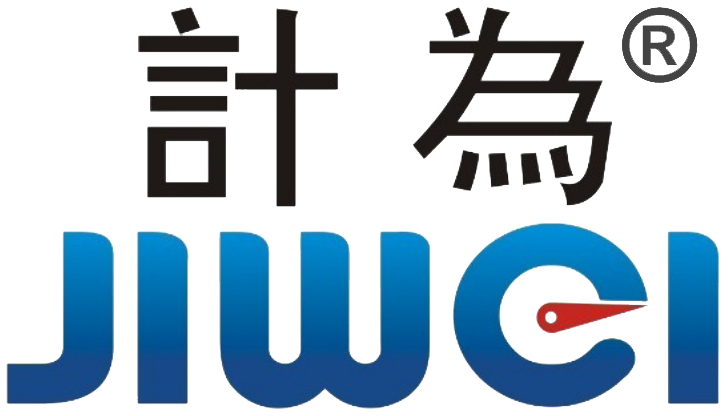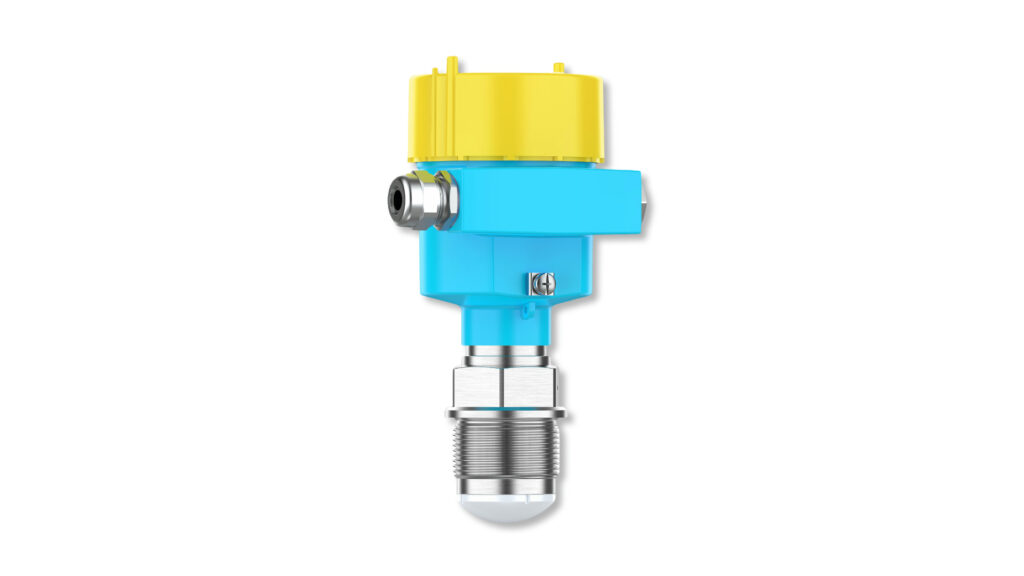Measurement Limitations and Solutions for Radar Level Meters in Steam and Dust Environments
Abstract
Radar level meters, known for their non-contact measurement, high stability, and low maintenance, are widely applied in metallurgy, chemical, power, and building materials industries for silo and tank level measurement. However, in environments with high concentrations of steam and dust, radar level meters often encounter measurement issues such as false echoes, signal attenuation, and unstable readings. This paper analyzes the influence mechanisms of steam and dust on radar wave propagation based on electromagnetic wave theory, referencing authoritative literature and practical engineering experience. It discusses the penetration performance of radar level meter at different frequency bands and uses the optical analogy of automotive red fog lamps to illustrate the significance of frequency selection on signal stability. Finally, engineering optimization suggestions for practical applications are presented.
1. Fundamental Theory of Electromagnetic Wave Propagation
Radar level meters primarily employ FMCW (Frequency Modulated Continuous Wave) and ToF (Time-of-Flight) technologies. They emit electromagnetic waves at specific frequencies and measure the time or phase difference of the reflected waves from the medium surface to calculate the level height.
Common operating frequencies include 6 GHz, 26 GHz, and 80 GHz. The propagation efficiency and measurement accuracy of radar waves are influenced by the electromagnetic environment along the propagation path, including variations in dielectric constant, heterogeneous multiphase media, and obstacles within the path.
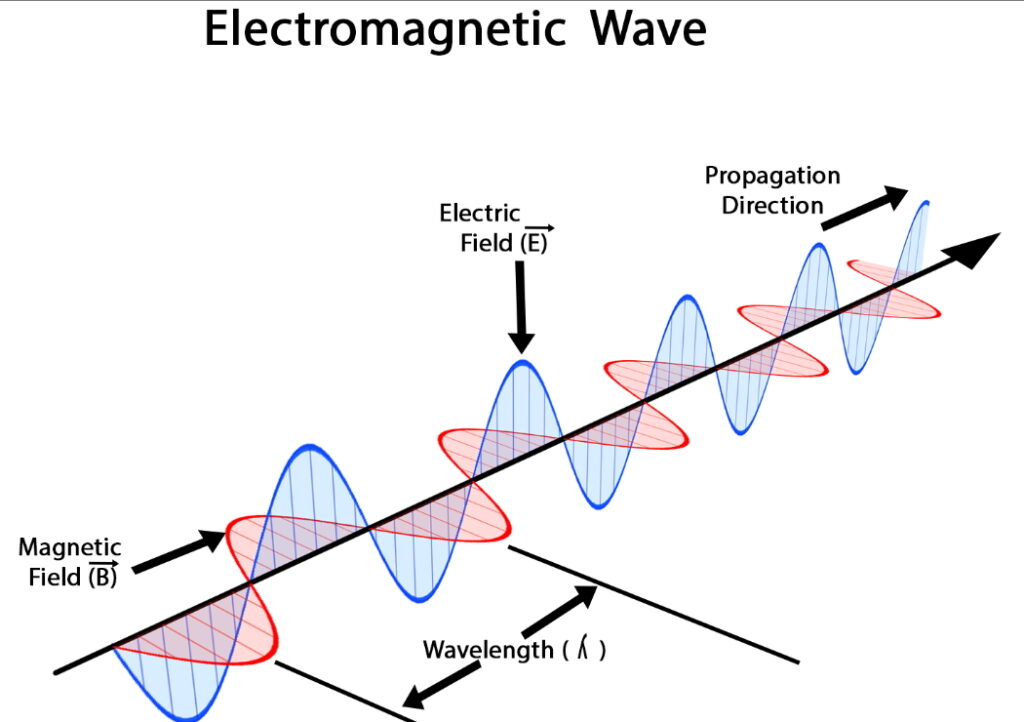
2. Impact Mechanisms of Steam Environments
2.1 Molecular Absorption of Water Vapor and Frequency Dependence
Water vapor molecules exhibit resonant absorption of microwaves at specific frequencies, notably near 22 GHz and 183 GHz.
The International Telecommunication Union’s ITU-R P.676-12 report states:
“Water vapor causes severe attenuation of microwave signals, especially at frequencies above 50 GHz, due to resonance absorption near 22 GHz and 183 GHz.”
This implies that high-frequency radar waves experience significant energy loss in steam environments, adversely affecting signal strength and stability.
2.2 Experimental Data Support
Supporting this theory, Fernández et al. (2010) experimentally measured millimeter wave attenuation in vapor environments. Their study published in International Journal of Infrared and Millimeter Waves states:
“Our measurements show that millimeter waves at 80 GHz can experience attenuation of up to 1.5 dB/m in vapor environments with 7 g/m³ water content.”
This confirms that 80 GHz radar signals are subject to considerable attenuation in saturated steam environments, necessitating hardware and software compensation.
2.3 Droplet Scattering in Wet Steam
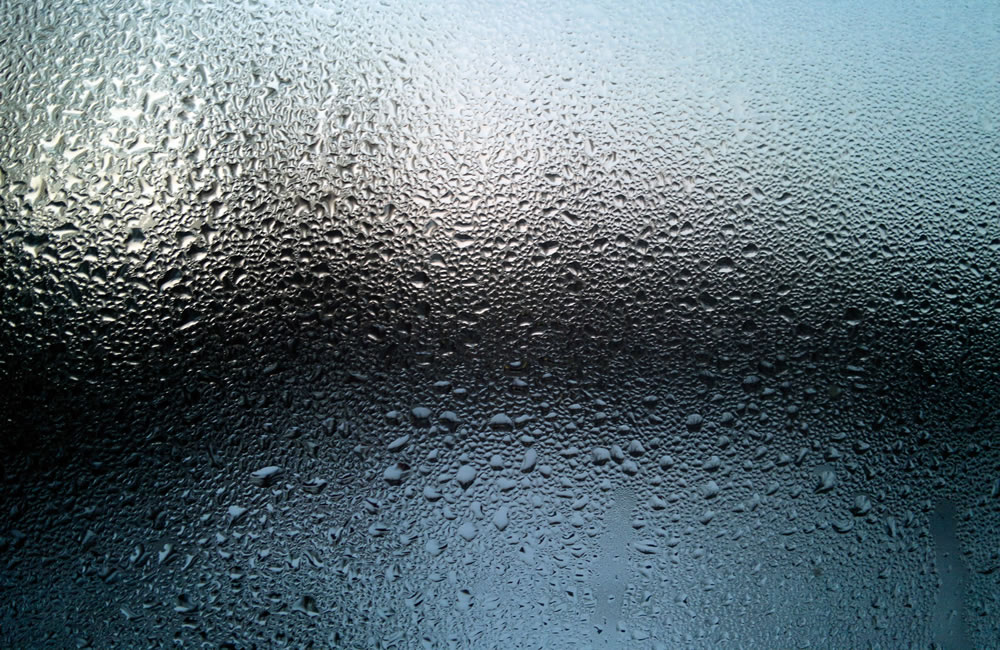
Steam cools to form microscopic droplets, creating a haze-like “cloud effect.” According to Mie scattering theory, when droplet sizes are comparable to the radar wavelength, strong scattering and energy attenuation occur, further destabilizing the signal.
3. Complex Interference of Dust on Radar Signals
Dust affects radar level meter’s signals mainly through:
- Scattering Effects: Dust particles have a wide size distribution, with some sizes close to or larger than the radar wavelength, causing Rayleigh or Mie scattering and dispersing the signal, reducing effective echo strength.
- Multipath Interference: Dust particles combined with tank walls and internal structures cause complex multipath echoes, generating false peaks and confusing signal recognition.
- Noise Increase: Increased stray reflections and ambient noise lower the signal-to-noise ratio (SNR), causing measurement fluctuations.
Research shows that at dust concentrations exceeding 2 g/m³, the probability of false echoes increases significantly for 80 GHz radars (Zhou et al., 2018), challenging measurement accuracy.
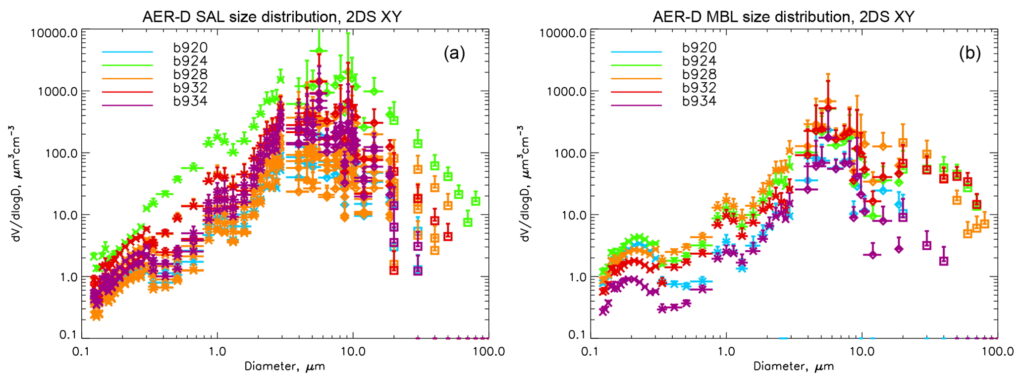
4. Engineering Frequency Selection Analogy — Automotive Red Fog Lamps
In automotive design, red fog lamps are preferred in dense fog over high-beam headlights because red light (wavelength ~650 nm) better penetrates water droplet scattering, whereas blue and white lights with shorter wavelengths scatter more.
Similarly, radar level meter’s wave frequency and wavelength affect penetration in steam and dust:
- Low-frequency radars (e.g., 6 GHz, ~5 cm wavelength) have better penetration but lower resolution and larger size.
- High-frequency radars (e.g., 80 GHz, ~3.75 mm wavelength) feature narrow beams and high resolution, suitable for complex detection, but are more sensitive to absorption and scattering by water vapor and dust.
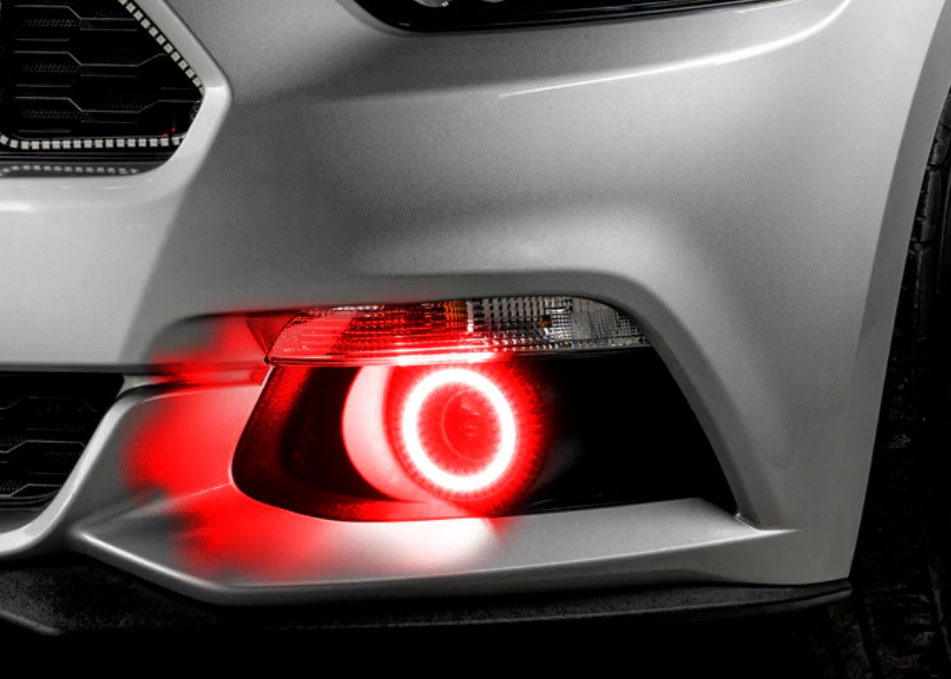
Li et al. (2021) compared these bands and found the average attenuation at 6 GHz is about 0.7 dB/m, superior to 2.1 dB/m at 80 GHz. However, modern 80 GHz radars achieve industrial stability via algorithmic compensation and hardware optimization.
5. Engineering Countermeasures and Practical Recommendations
| Operating Condition | Recommended Frequency | Key Design & Technical Measures |
|---|---|---|
| High Saturated Steam | Optimized 80 GHz | Apply steam compensation algorithms, use high dynamic range receivers, optimize transmit power |
| High Dust Concentration | 80 GHz with enhanced filtering | Use narrow beam parabolic antennas, combined with multimodal echo recognition algorithms |
| Mixed Steam & Dust | Combined hardware/software optimization | Install air purge systems, PTFE-coated antennas, integrate intelligent filtering |
| Complex Structures/Space Constraints | 80 GHz (narrow beam) | Avoid obstacles such as brackets and paddles, support multi-point calibration and algorithm tuning |
6. Conclusion

Steam and dust environments pose significant measurement challenges for radar level meters. These challenges reflect fundamental electromagnetic propagation physics and serve as tests for system design and intelligent algorithm development. Despite greater attenuation from water vapor and dust at 80 GHz, advanced transmitter/receiver technologies and software compensation enable stable industrial-grade measurement. Understanding the frequency-dependent nature of electromagnetic waves, supported by engineering experience and authoritative data, is essential for selecting the most suitable level measurement solution of radar level meter in complex environments.
Just as automotive engineers choose red fog lamps to navigate through fog, level measurement professionals should select and fine-tune radar frequencies and algorithms according to site-specific media characteristics and environmental factors to ensure accuracy and reliability.
References
- Fernández, A. R., Pantoja, M. F., & Rodríguez, R. A. (2010). Millimeter wave attenuation by water vapor and oxygen in realistic environments. International Journal of Infrared and Millimeter Waves, 31(4), 357–368. https://doi.org/10.1007/s10762-009-9560-1
- Zhou, Y., Wang, X., & Chen, H. (2018). Dust Interference Evaluation in Radar Level Measurement Using Multimodal Echo Recognition. IEEE Sensors Journal, 18(15), 6291–6299. https://doi.org/10.1109/JSEN.2018.2846241
- Li, Y., Zhang, W., & Tan, K. (2021). Analysis of Radar Frequency Selection for Dusty Industrial Environments. Sensors and Actuators A: Physical, 323, 112648. https://doi.org/10.1016/j.sna.2021.112648
- ITU-R Recommendation P.676-12. (2021). Attenuation by atmospheric gases. radar level meter
